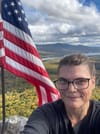What Burnout Really Looked Like for Me
Burnout doesn’t always look like falling apart. Sometimes it’s just… nothing. This is the story of how I came back to myself—one barefoot, foggy, soul-tired step at a time.
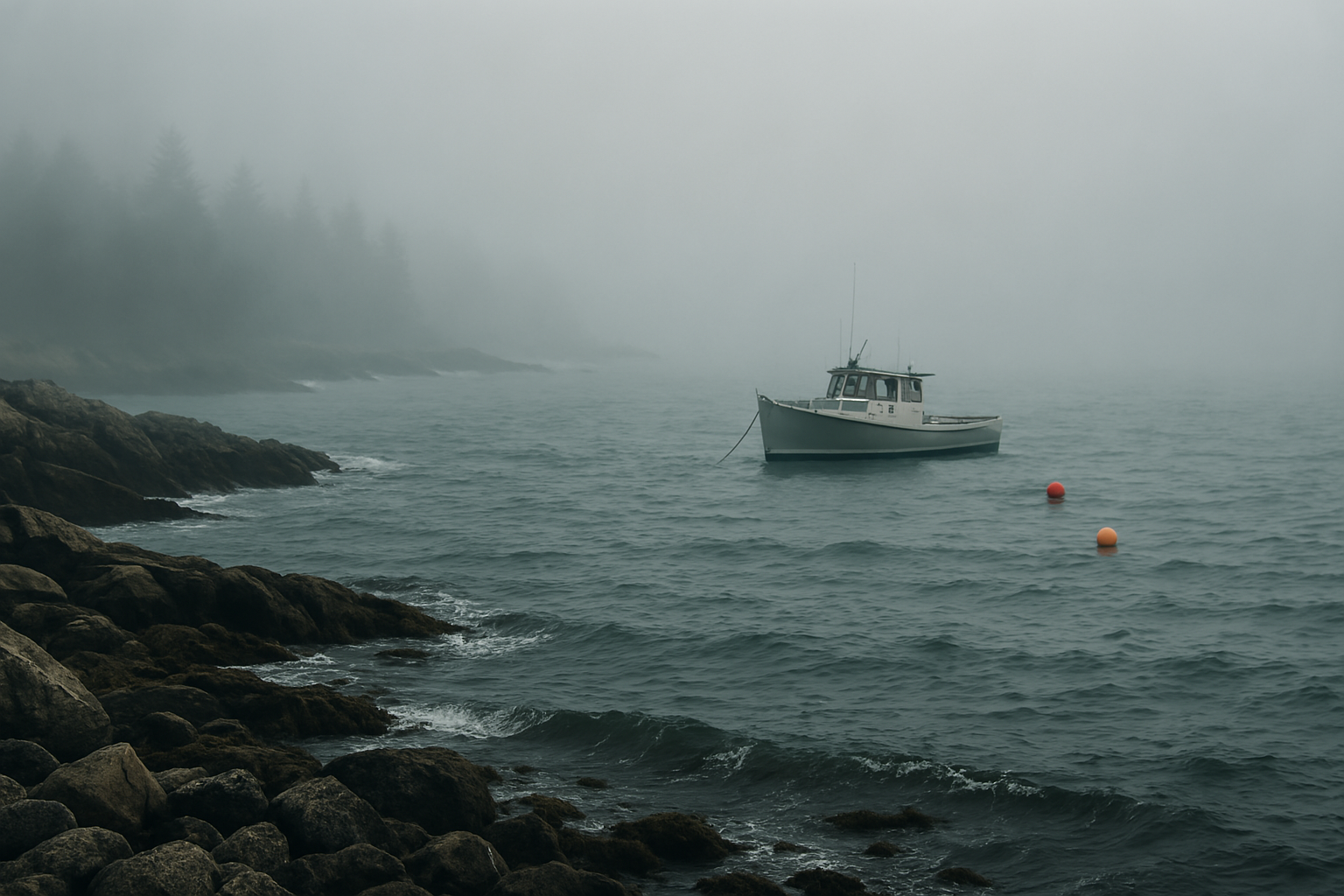
I wasn’t tired.
I was hollowed out and still expected to smile about it.
Tired is what you feel after a long day.
Done is when your soul files for divorce and moves into a yurt without leaving a forwarding address.
I remember it clear as day: standing at the sink, staring into a pile of dishes like they’d personally betrayed me.
The kids were bickering over who looked at who “wrong,” and I just… stood there.
Not moving. Not thinking.
Somewhere between a hostage and a ghost.
Eyes open. Lights definitely not on.
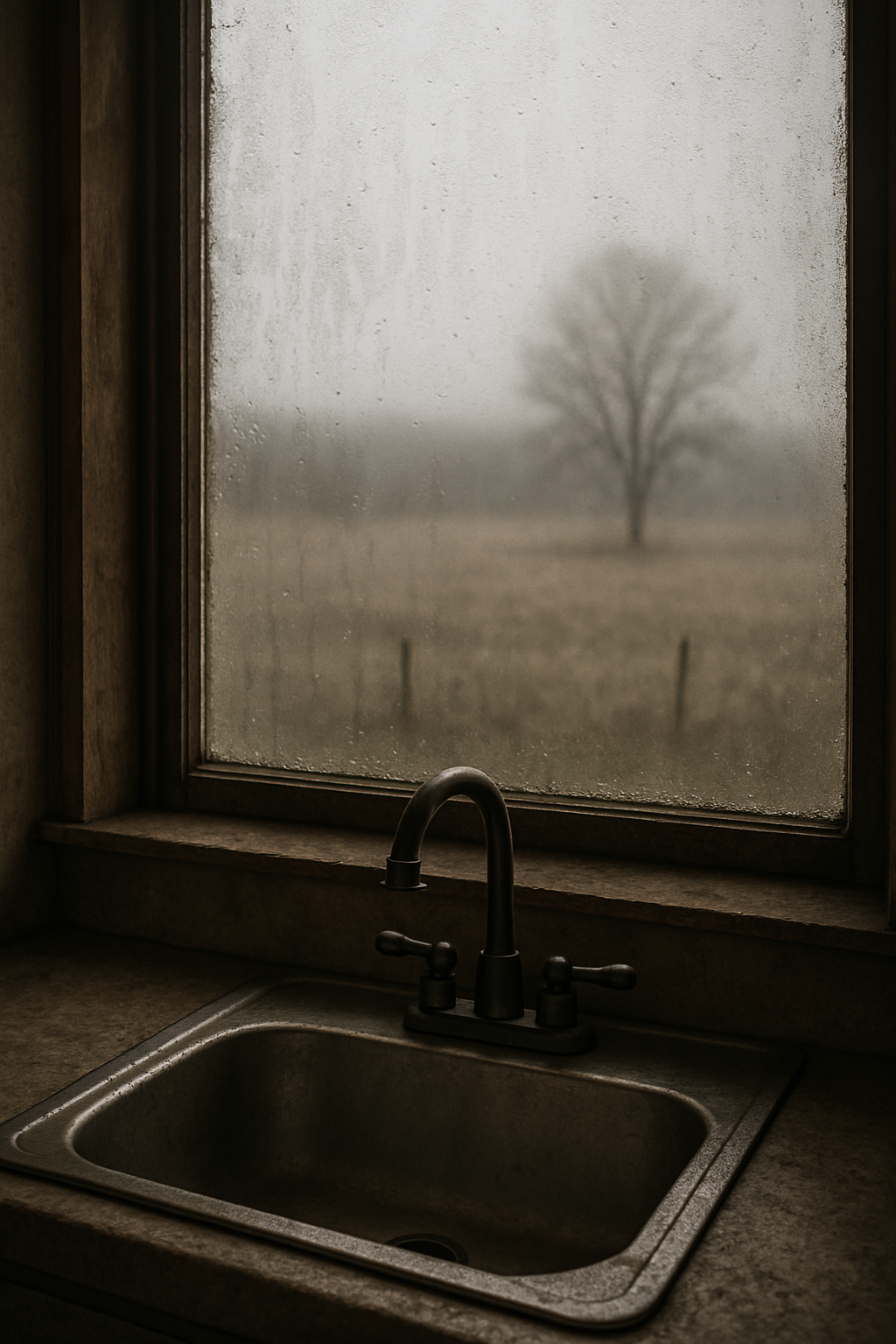
I wasn’t crying.
I wasn’t yelling.
That would’ve taken energy.
On the days when even routines feel impossible, I made this reset tool for exactly that.
Nope—I was in full burnout autopilot.
And no, I didn’t have some wise, graceful realization that I was burned out.
I genuinely thought I was just failing at adulthood.
Turns out, I wasn’t lazy or broken or dramatic.
I was carrying too much, pretending it was fine, and silently unraveling under the weight of invisible labor, perfectionism, and the ever-fun game of “how many needs can I ignore today?”
Burnout ≠ Busy
Burnout isn’t just being “too busy.”
It’s being too human for the ridiculous pace, pressure, and performance that life demands from us—especially when you’re the one keeping all the plates spinning and smiling while they crack.
My friend recently did a podcast episode called “It’s Noisy In Here,” and let me tell you—it hit like a truth bomb with a cup of tea.
She talked about how burnout crept in quietly, disguised as “being responsible,” until the noise in her own head became impossible to ignore.
It’s the kind of episode you send to your best friend and say, “Okay but this is me, right now.”
Burnout isn’t always loud. Sometimes it’s the slow, fade out:
- The numb scrolling.
- The quiet resentment.
- The dread before your feet even hit the floor.
- The exhaustion no nap can fix.
For me, it wasn’t that I had a full calendar—it was that it all felt too heavy to hold.
It wasn’t the full to-do list that broke me.
It was the full emotional load.
- The people-pleasing.
- The invisible labor.
- The endless mental gymnastics of keeping everyone okay.
And if you’re someone who’s lived in survival mode too long?
Burnout doesn’t feel like a crash.
It feels like normal.
I was half-functioning and fully fried when I stumbled on a podcast episode that felt like someone finally put words to it. It’s called “It’s Noisy In Here” — and it cracked something open in me.
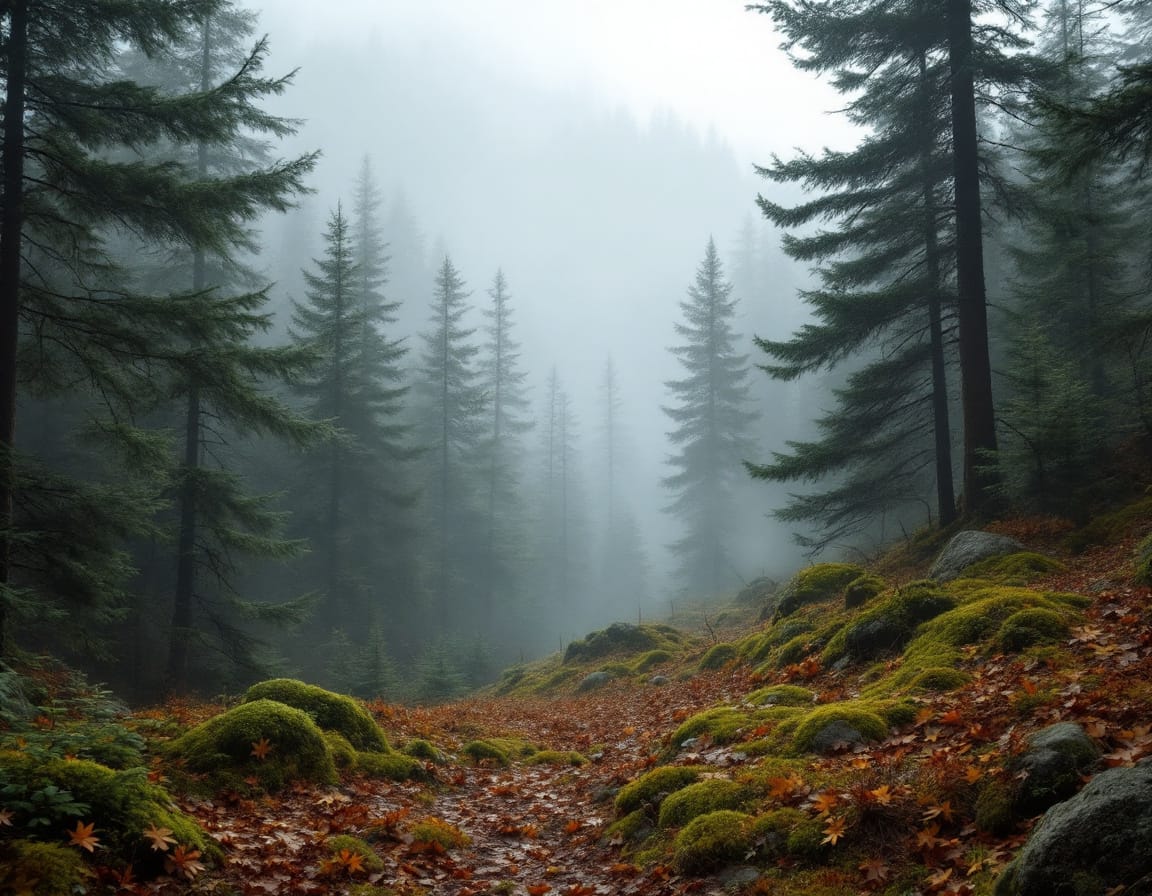
The Signs I Missed (or Ignored)
Burnout didn’t tap me on the shoulder.
It crept in like fog—quiet, disorienting, and easy to dismiss if you’re used to powering through.
I wasn’t lying on the floor sobbing.
(Not at first, anyway.)
It was smaller than that.
Slower.
Easier to miss.
Here’s what it looked like:
- I stopped responding to texts because even that felt like too much.
- I felt disconnected from people I loved—even when I was in the same room with them.
- I couldn’t remember the last time I felt excited about anything.
- I started fantasizing about disappearing for a few days… or weeks.
- The noise in my own head got so loud, silence became unbearable.
Honestly, I didn’t miss the signs. I ignored them. Because admitting them felt more dangerous than collapsing.
And then my friend dropped this truth in her podcast It’s Noisy In Here.
“It wasn’t just that I was overwhelmed. It was that I no longer trusted myself to handle anything without falling apart.”
By the time I realized what was happening,
I wasn’t looking for a miracle fix.
I was just trying to survive the next day without feeling like I was drowning.
My First Steps Toward Recovery
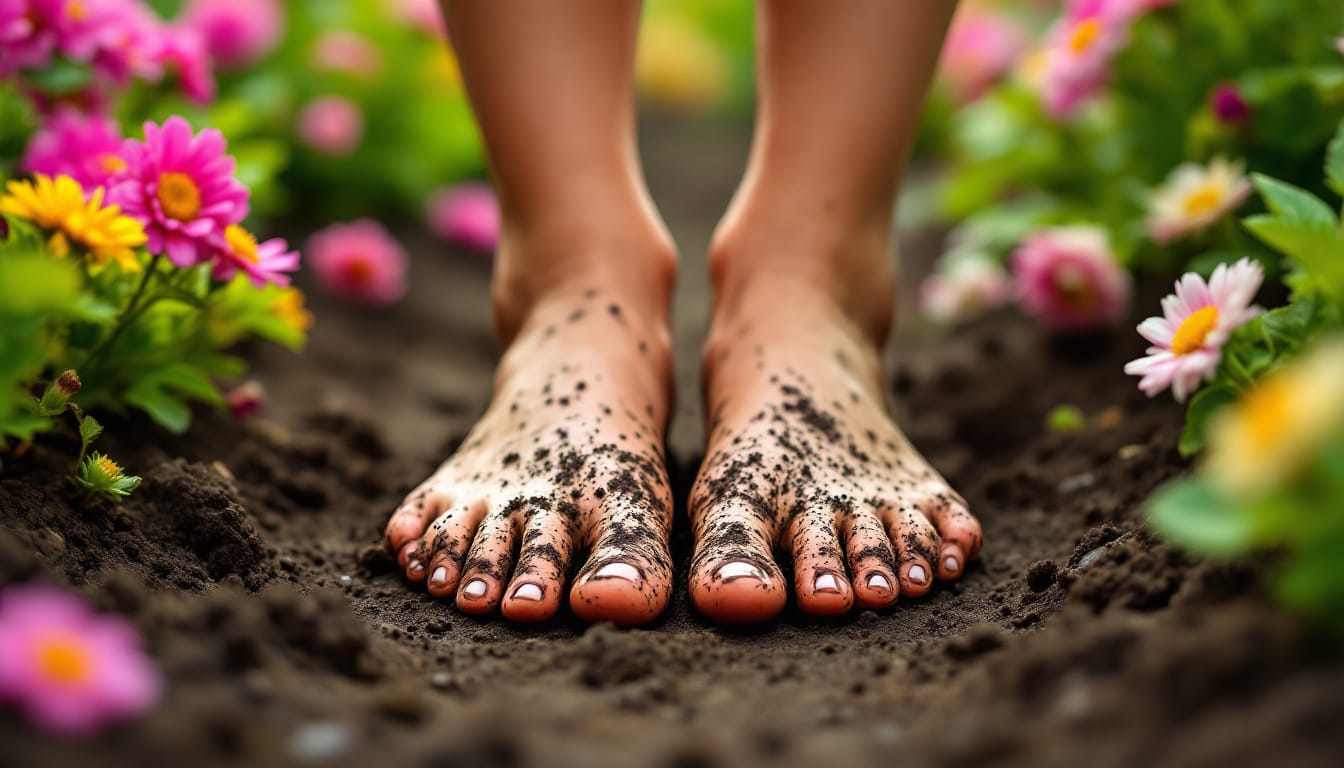
I didn’t “bounce back.”
There was no big comeback montage.
No healing playlist.
No sparkly moment of rebirth.
My first steps looked like stopping.
- Saying “I can’t.”
- Canceling things I said yes to.
- Giving myself permission to do nothing (and wow, that was uncomfortable at first).
At first, healing looked less like “self-care”
and more like standing outside barefoot, trying to remember who I was.
Sometimes healing just looks like standing outside barefoot, letting the warmth of the sun remind you you’re still here. Gardening was one of the first things that helped not only my mental health but provided a connection for my daughter and I.
It honestly looked like doing less of everything else:
- Less pretending.
- Less performing.
- Less pushing.
Some days I just sat outside and stared at the trees.
Sometimes I walked until I could feel my shoulders drop from around my ears.
I let the sun warm my face and called it therapy.
(Though real therapy helped, too—shoutout to the ones who don’t flinch when you say, “I feel broken.” And mean it.)
If you're also trying to navigate burnout with ADHD you may find this reset tool helpful.
I stopped trying to fix myself and started trying to hear myself again.
And maybe that’s what recovery is:
Learning to listen to the part of you that’s been whispering “I’m tired” for way too long—and finally believing her.
It was slow.
Nonlinear.
Messy.
There were good days and deeply not-good days.
But they stopped blending together into one long, gray fog.
And that was enough, at first.
You don’t have to be better to deserve rest.
You don’t have to have a plan to begin healing.
You just need a pause long enough to remember you exist outside of what you do for everyone else.
How I Feel Now (Still Learning)
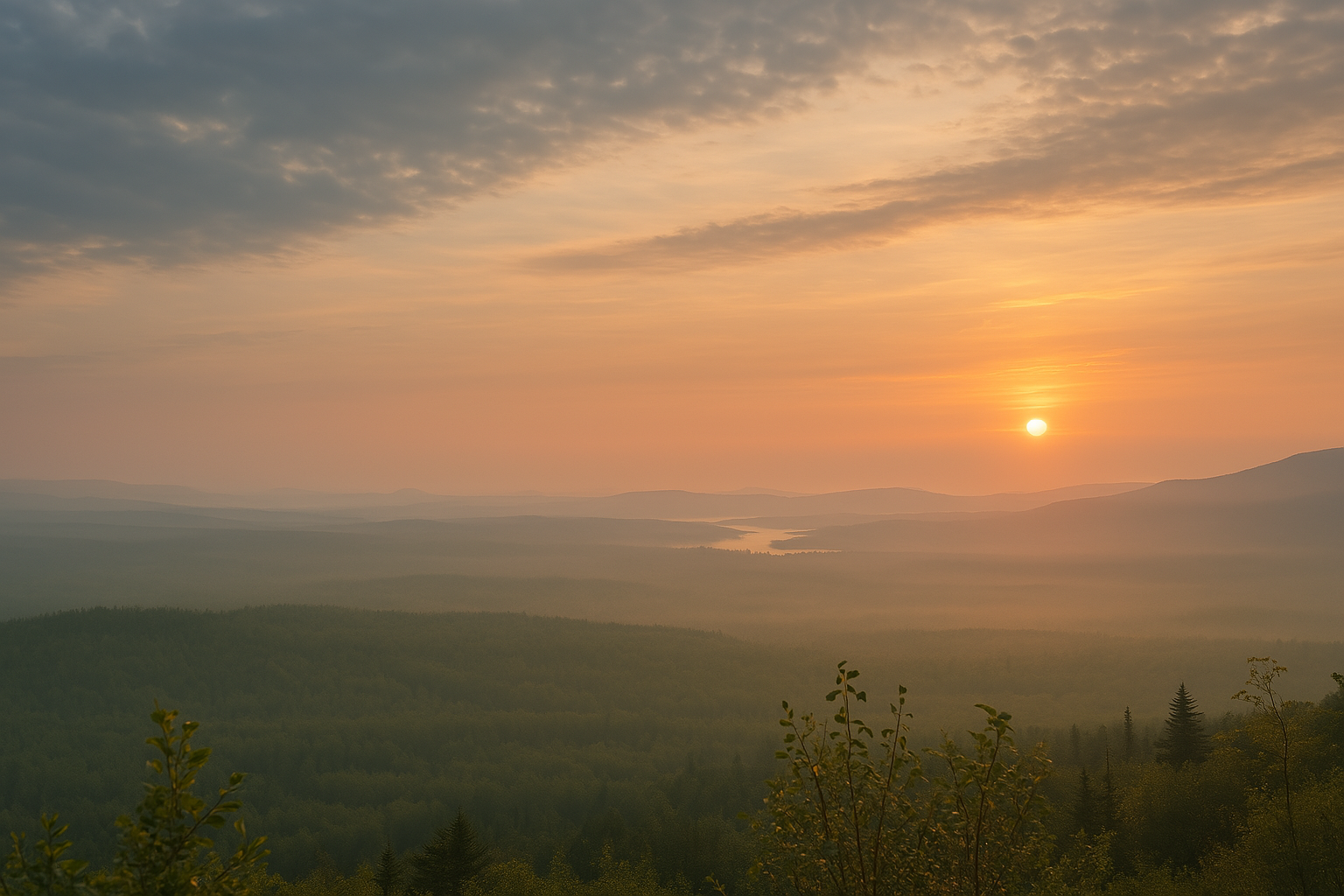
I’m not healed.
I’m just learning to live with the soft parts showing.
I don’t wake up every day humming with gratitude and green juice.
(Let’s be honest—I’m still mostly running on caffeine and prayer.)
But I’m here.
- I rest more.
- I say no more.
- I let texts sit unread without spiraling into guilt.
- I take walks without making them “productive.”
- I let things be quiet—especially when the noise tries to creep back in.
And I’ve started noticing the early signs before they turn into full collapse.
That’s the win.
That’s the work.
Burnout hides in plain sight.
- In being the dependable one.
- The strong one.
- The one who “just handles it.”
But you don’t have to earn your breaking point to deserve a break.
You can choose to rest before you’re wrecked.
You can say,
“This is too much,”
before it becomes
“I can’t do this anymore.”
The fog didn’t lift all at once.But one morning, I noticed the way the light hit the sink.The quiet didn’t feel hollow anymore—it felt like permission.Maybe healing isn’t loud either.Maybe it’s standing barefoot in the garden,or letting the tide carry something away you didn’t need to hold anymore._Whatever it is—let it come quietly.Let it come slowly.Let it come. 🌿
Let’s Talk About It
Burnout hides in plain sight.
What did it look like for you?
- Was it the dishes?
- The silence?
- The moment you realized you didn’t recognize yourself anymore?
If you’re in a season where burnout has you questioning everything…I’ve quietly started building something that might help.Rooted Reset isn’t a program. It’s a soft place to land, rebuild, and reconnect — and it starts with five small questions.
I’d love to hear—if you feel like sharing—what burnout looked or felt like in your life… and what helped you start to come back to yourself.
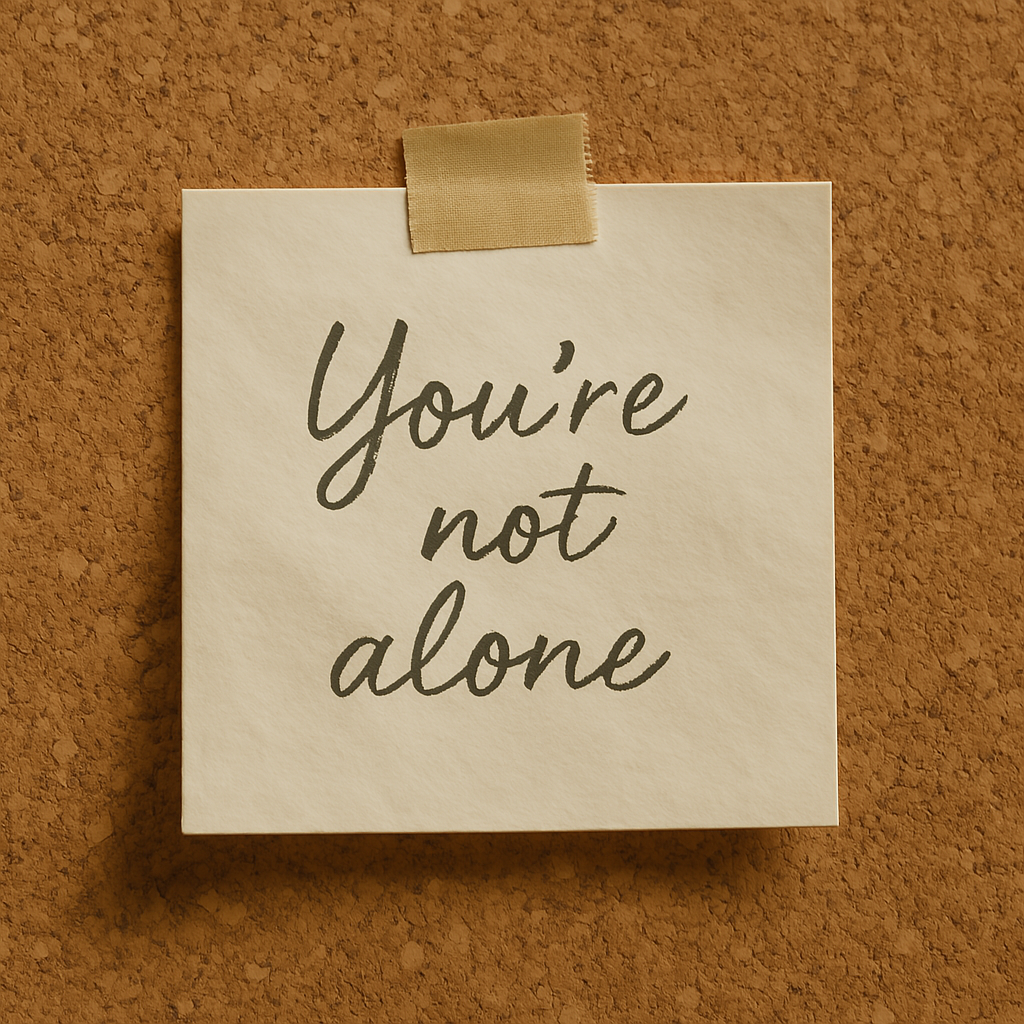
👇 Drop a comment or send me a message.
You’re not alone in this.
